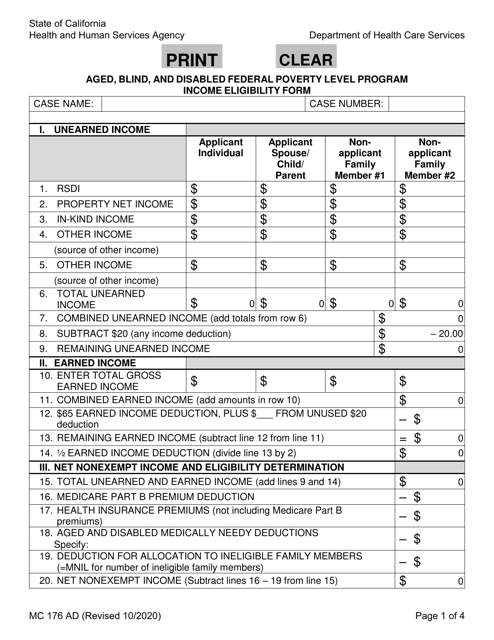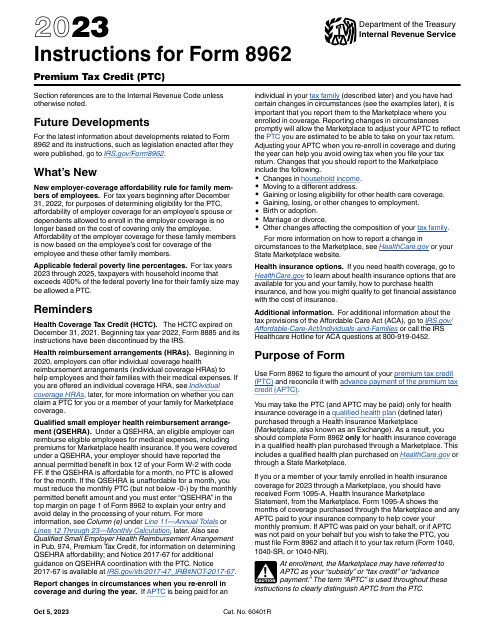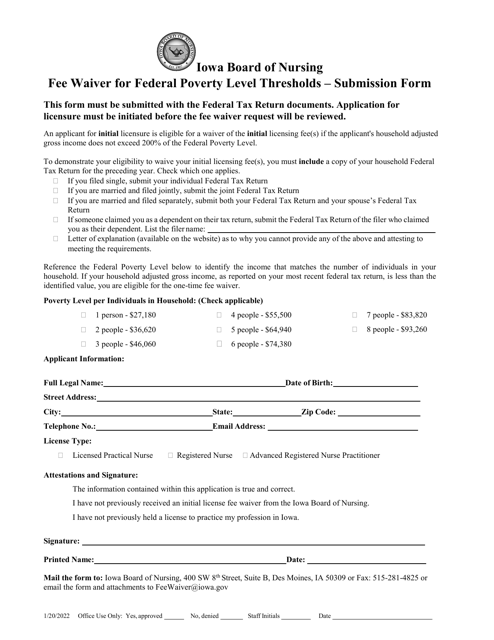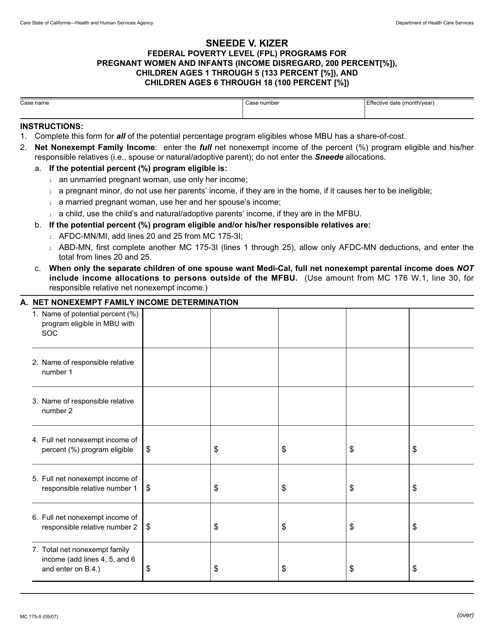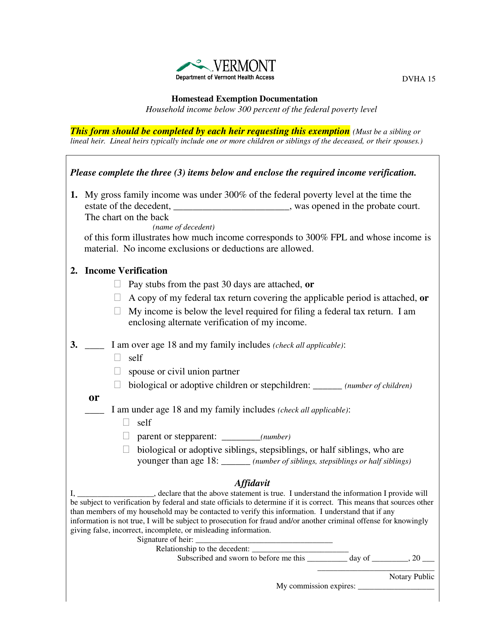Federal Poverty Level Templates
The Federal Poverty Level, also known as the FPL, is a crucial measure used to determine eligibility for various programs and benefits across the United States and other countries. This collection of documents provides information and resources related to the Federal Poverty Level and its impact on individuals and families.
These documents offer guidance on how to apply for programs such as the Aged and Disabled Federal Poverty Level Program in California or the Homestead Exemption Request in Vermont for households with income below 300 percent of the Federal Poverty Level. They also include forms for fee waivers based on the Federal Poverty Level thresholds in Iowa.
Whether you are an individual seeking assistance or a service provider navigating the intricacies of income eligibility, these documents can help you understand and navigate the Federal Poverty Level requirements in your state or country. They provide valuable information on income thresholds, financial eligibility, and application processes.
Accessing the correct documents and understanding the Federal Poverty Level can make a significant impact on your ability to access necessary resources and support. Explore this collection to find the forms, guidelines, and information you need to determine your eligibility for various programs and benefits based on the Federal Poverty Level.
Documents:
7
This Form is used for enrolling pregnant women, infants, and children in federal poverty level (FPL) programs in California. It includes income disregards for different age groups, such as 200 percent for pregnant women and infants, 133 percent for children ages 1 through 5, and 100 percent for children ages 6 through 18.
This form is used for applying for a Homestead Exemption in Vermont if your household income is below 300 percent of the Federal Poverty Level.

